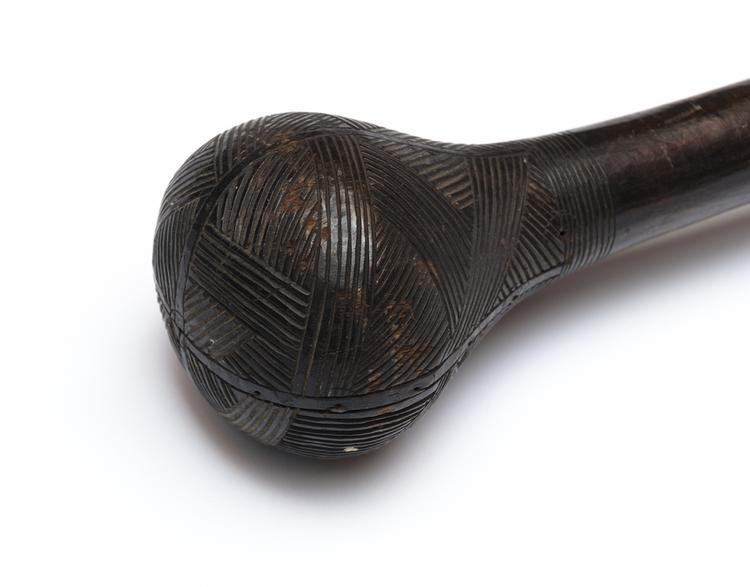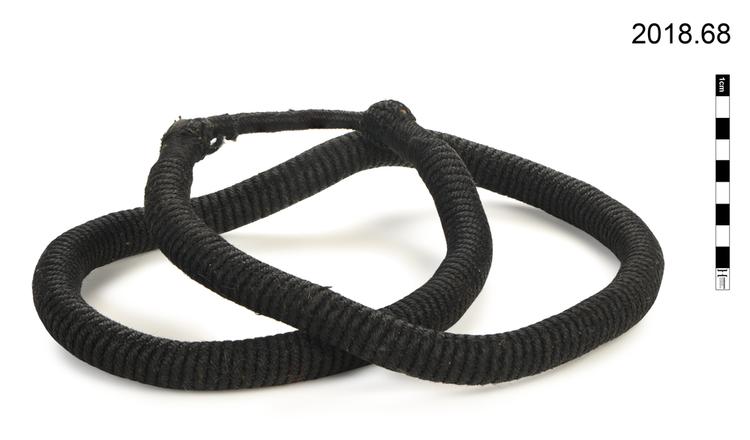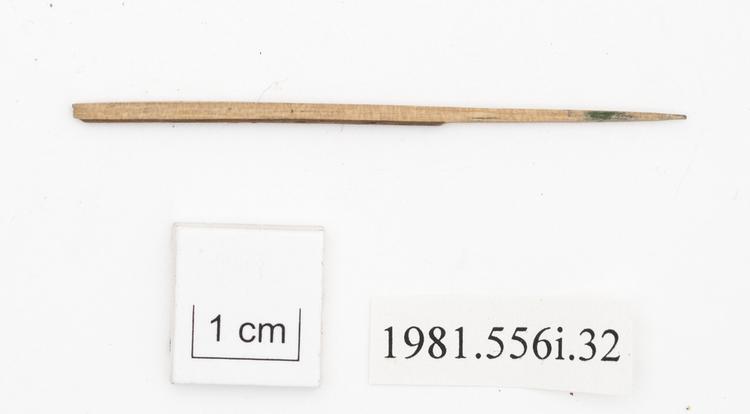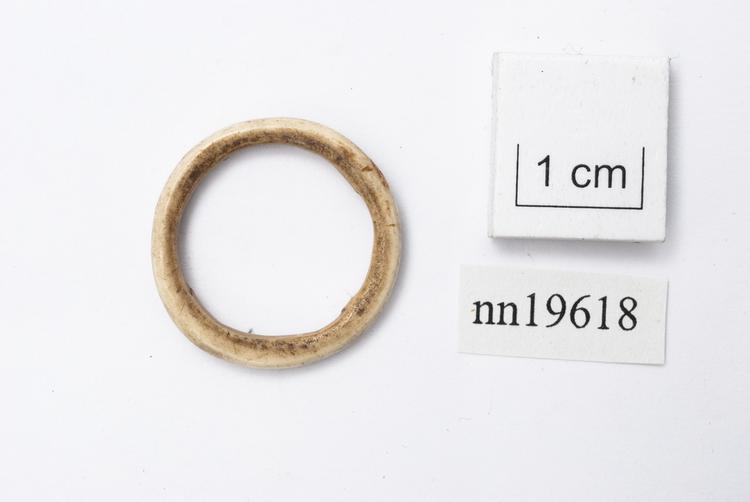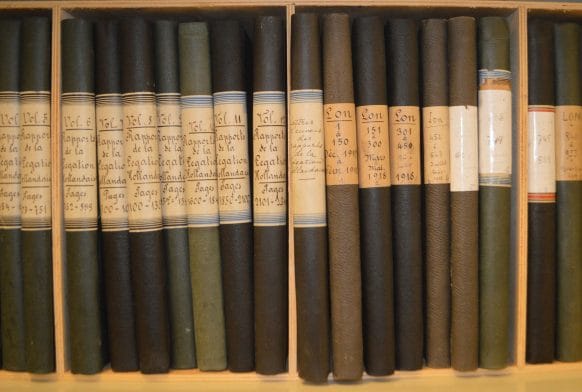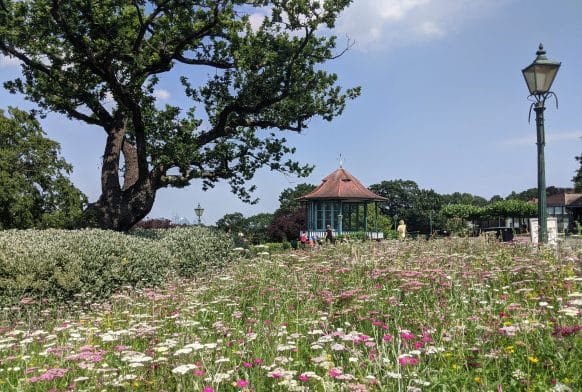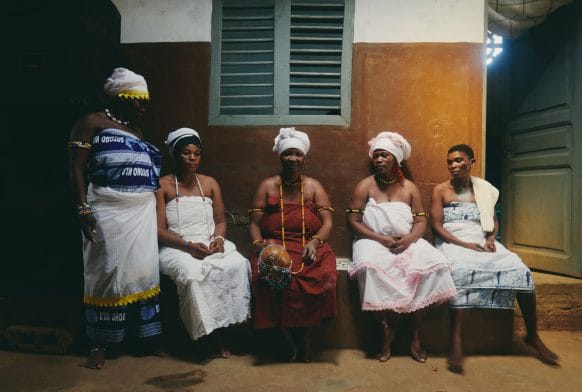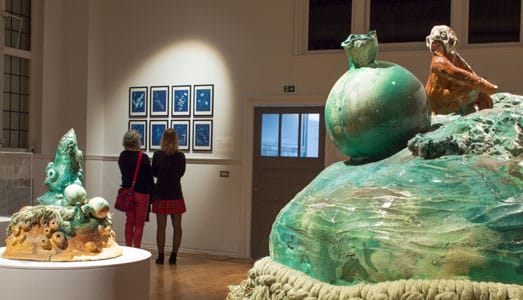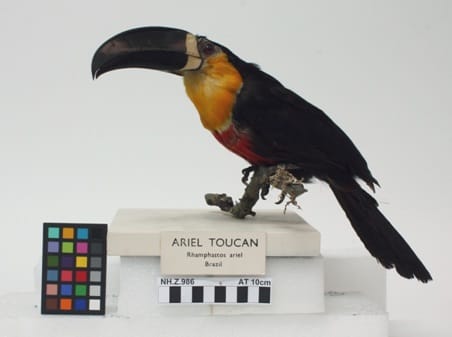Carved and painted wooden Tibetan Buddhist ritual dagger, or phurpa. The base is red, three-sided blade, upward arching ends emerging from the mouth of a Makara, a mythical sea creature whose white teeth surround the red blade. The Makara has bulging eyes surrounded by red rings, head dark blue with a curling snout, mouth with red roof. Out of the Makara’s mouth emerge serpents, two intertwined on each side of the blade, one blue with white painted scales, one white with black painted scales.
On top of the Makara’s head sits a knot of alternating red, blue and golden sections, out of which rises a blue-bodied Vajrakilaya with three heads: wrathful, joyful and peaceful; red blue and white respectively. Two of six hands hold a red purpha with a red, blue and yellow topknot in front of the chest. One left hand broken, second pointing upwards, probably missing an attribute. The two right hands hold golden painted dorjes, ritual thunderbolt symbols. All hands have red palms and bracelets. Blue wings on the back exhibit horizontal rows of golden dorjes. Over the chest a golden necklace, on the shoulders carved white elephant legs, wrapped around the neck red human hands, both representing the elephant and human skins hanging down the back. Round heads, bulging eyes, with a third eye in the middle of the forehead. Painted and carved golden eyebrows and moustache, open mouths display fangs. The Vajrakilaya has coiled red serpents as earrings. Circling the Vajrakilaya’s face is a gold and blue cord, topping the head a crown with a red-gold-red band with lotus flowers where the heads join, in the middle of the head a protuberance topped by a red, blue and yellow knot. The crown is topped by six white skulls and four bronze deities.
Collection Information
These objects are only a part of our collections, of which there are more than 350,000 objects. This information comes from our collections database. Some of this is incomplete and there may be errors. This part of the website is also still under construction, so there may be some fields repeated or incorrectly formatted information.
The database retains language taken from historical documents to help research. Please note that some records may feature language and reflect systems of thinking that are outdated and offensive. The database also includes information on objects that are considered secret or sacred by some communities.
If you have any further information about objects in our collections, can suggest corrections to our information or if you see content requiring immediate action, please contact us: enquiry@horniman.ac.uk



